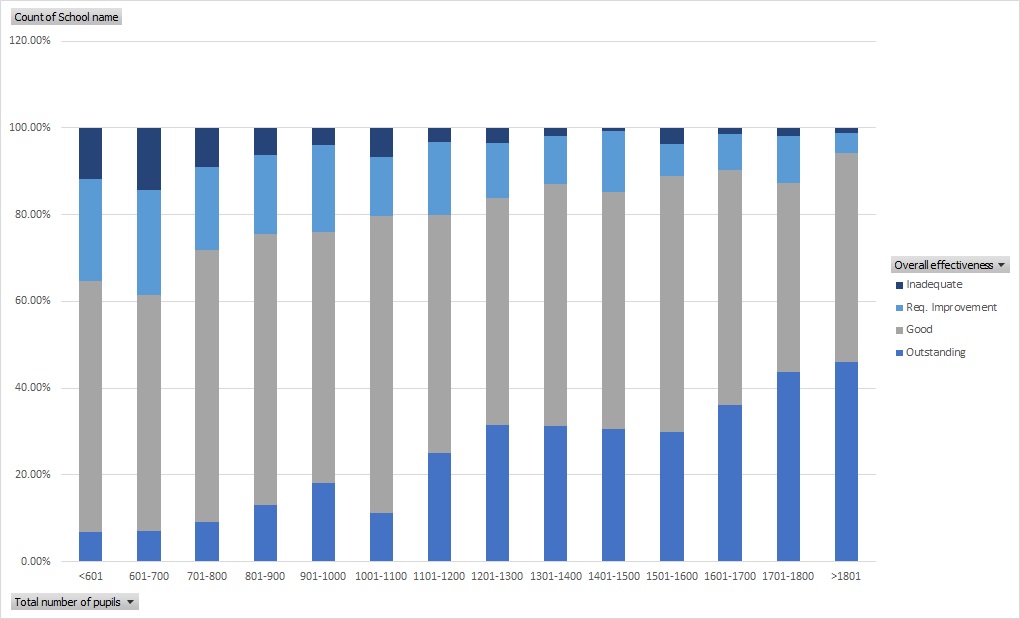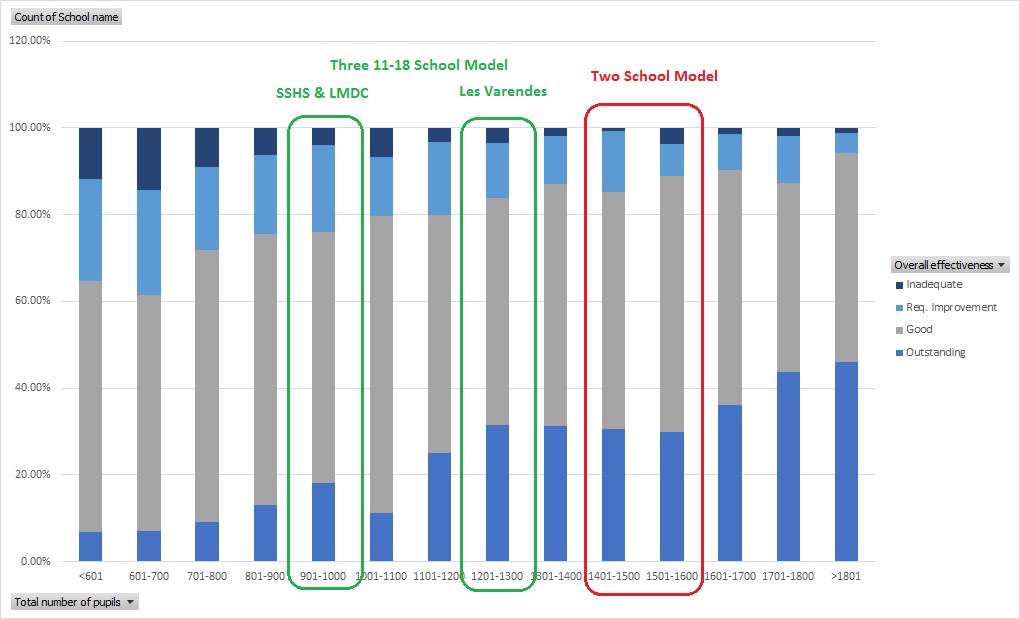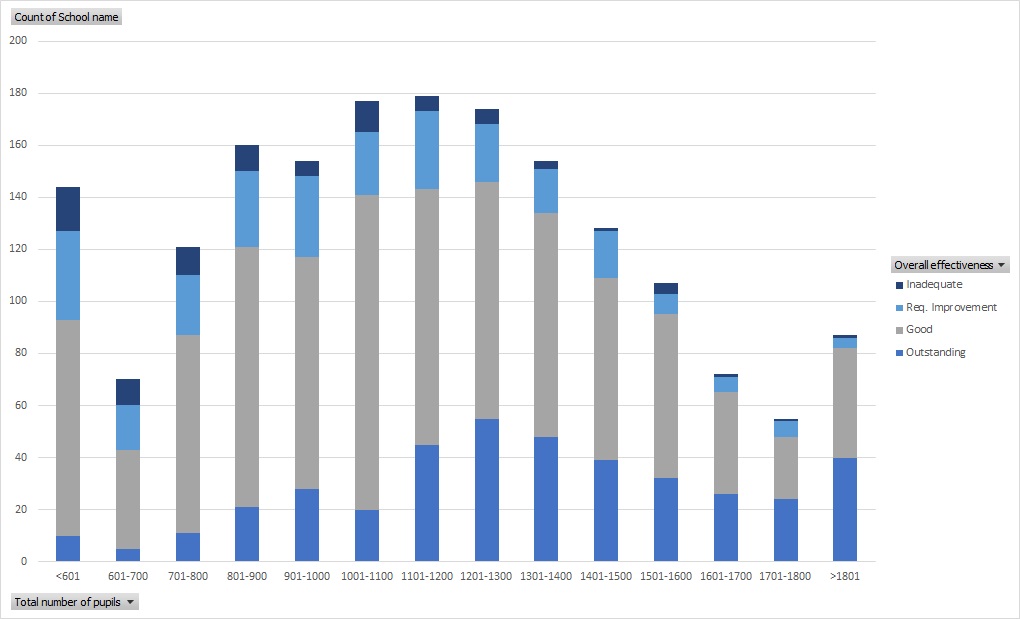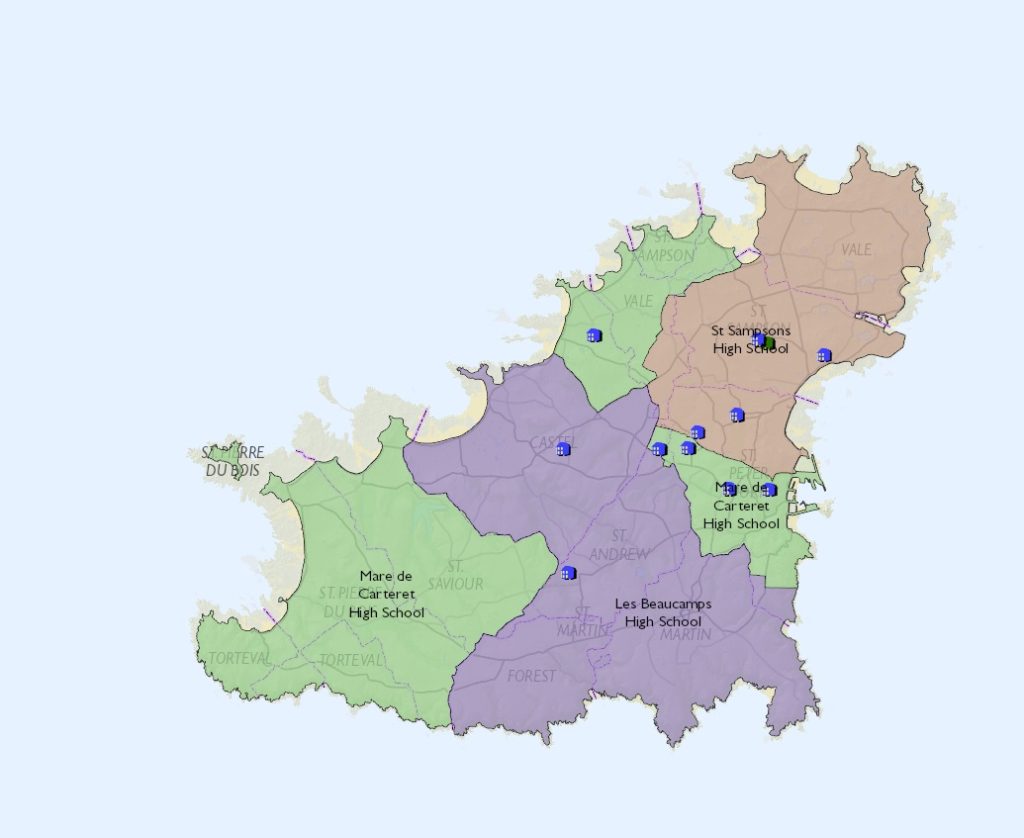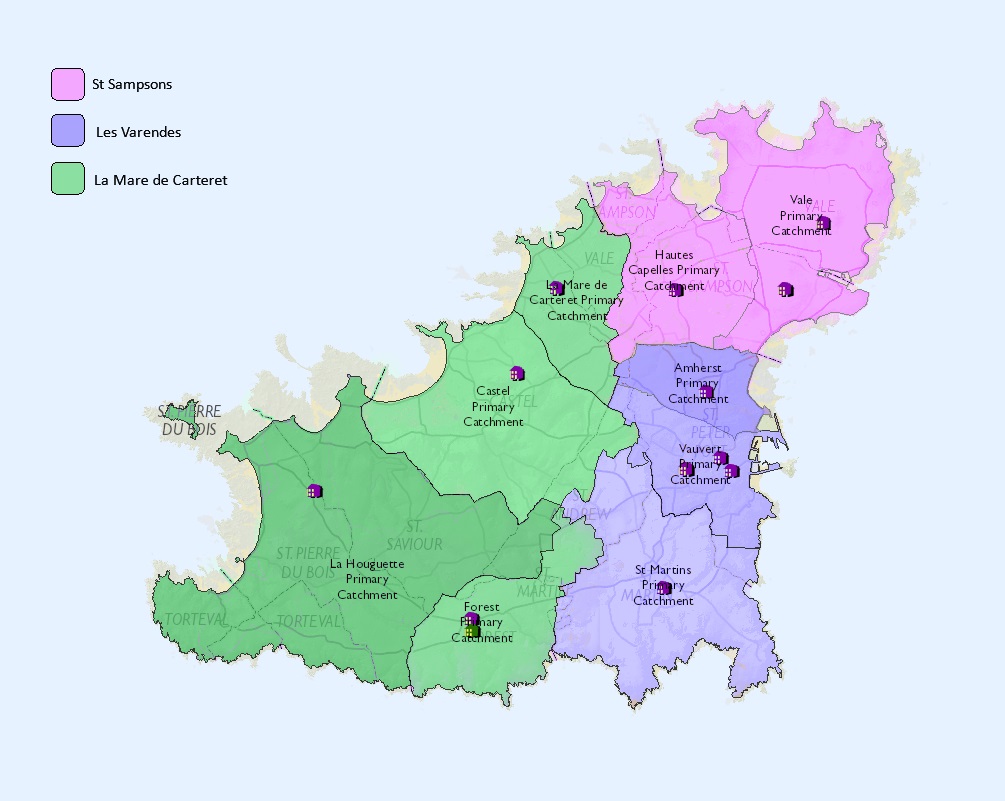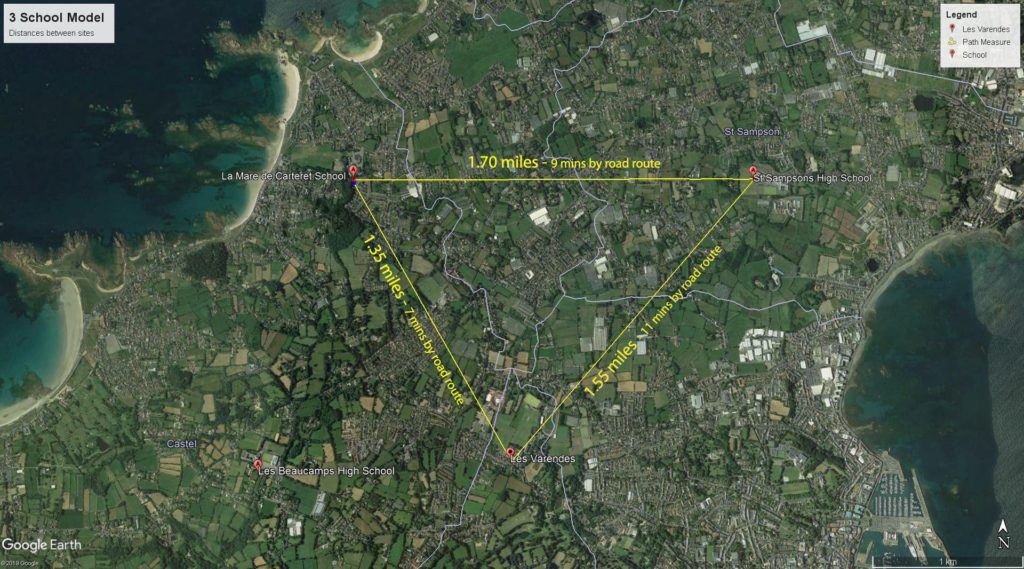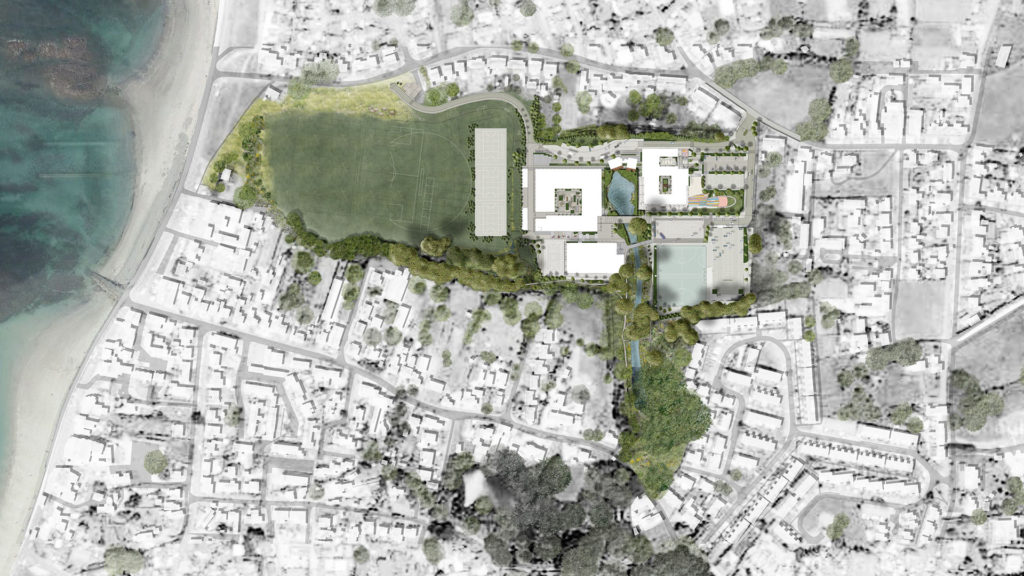Listening to the education debate in the States today was depressing, as Jonathan Le Tocq noted with some jocularity early on. Deputies were floundering with operational details of the education system, trying to guess where teachers can work and what they could teach. Only David de Lisle seemed to have reasonable, though maybe a little dated grasp of these. Sadly his proposal was far too expensive to be viable, largely as he included a separate sixth-form college, requiring an additional site over other three-school models.
Of all the depressing moments, one in particular stood out for me. One of the high points of Amendment #6 was the rebuild of LMDC, which is long overdue. At one point in his long and spikily defensive speech, Matt Fallaize costed various features with very approximate, and likely slightly exaggerated monetary values. One of these, was the cost of “updating” the plans for rebuilding LMDC, from the old BB98 standard to the new BB103 standard.
He guessed the cost to update the plans at around the £2million mark. This estimate went unchallenged, and was not mentioned in any subsequent remarks, by anyone. It was, after all, acknowledged that these guesstimates were produced in some haste for the debate.
My sadness was not with the estimate’s accuracy. It was that premise of doing such an exercise is completely nonsensical. It’s the perfect illustration of the lack of understanding of the role the States has in setting Guernsey’s own education policy, that we instead rely on UK “standards” and the lack awareness of the enormous UK political shifts that produce these. They are instead parachuted in uncritically, as if we’re a local authority accepting the dictates of the British government passively.
A commenter Rowan on a press article captured this perfectly:
Similarly, Deputy Fallaize blithely stated that because the old schools were built to UK building Bulletin 98 standards and new buildings would have to conform to the more recent Building Bulletin 103 standards, that would cost over £2 million more.
Firstly, in no way is this a statutory requirement in Guernsey, and secondly, equally importantly, he and his advisors clearly do not know that the more recent Building Bulletin 103 was a cost saving bulletin by the UK government designed specifically to cut the costs of new schools by restricting space in the schools.
My point is that these assertions are incorrect and it illustrates that these two deputies have a tenuous knowledge of the expensive business of Education. It also shows they are not being reliably informed by their staff and consultant advisors. This really must be a time for pause and expert review.
To which I replied, that I laughed out loud when I heard that the existing LMDC design would need to be “upgraded” to the latest BB103 standard, as if it were an out of date version of Windows!
Maybe that should be cry instead though.
Not sure if it was deliberate bluster or just genuine misunderstanding, either way, it’s depressing to realise our education policy is so directly influenced by UK standards developed in Whitehall, and yet, those discussing it here in Guernsey have so little insight into what has motivated education policy developments in British politics.
Secondly, and even more important, are the standards to which we are now building. While environmental criteria have been improved over [New Labour policy], area allowances have been reduced. When Building Bulletins (BB) 98 and 99 replaced BB82 in 2004/6, they increased area allowances for secondary and primary schools by 18 and 25 per cent respectively. They did so for good reason, in recognition of changing educational needs and the inadequacy of the earlier guidance. BB103, however, reversed these improvements, this time by 15 and 5 per cent. In doing so it is inevitable that functionality is sacrificed, limiting pedagogic practice and putting additional pressure on social spaces and circulation in particular.
The result is a very real risk that at least some new [Coalition policy] buildings will be unfit for purpose, now and forever. If so, then this is a crime even worse than the extravagancies of [New Labour policy]. To spend more money than necessary on something worthwhile is a poor investment. To spend anything at all on something that is dysfunctional is no investment at all but, instead, a complete waste of scarce resources.
The really sad realisation is, we have had no discussion at all in the States of Guernsey about whether we want our education building policy to resemble New Labour, or Tory party standards. We didn’t vote in any UK elections, but we’re getting the policy without our representatives even knowing about it.
Worse, our current two-school model is effectively producing some of the most depressing examples Conservative/Lib-Dem “‘functional big box” schools, but due to the inefficiencies in the proposals, we’re paying premium New Labour prices for them.

